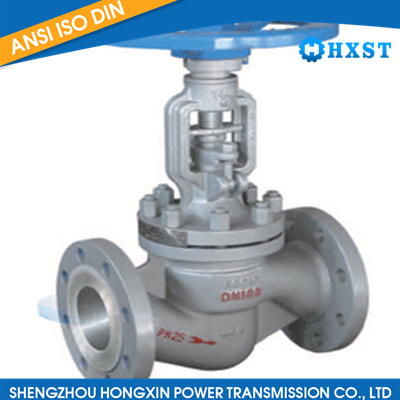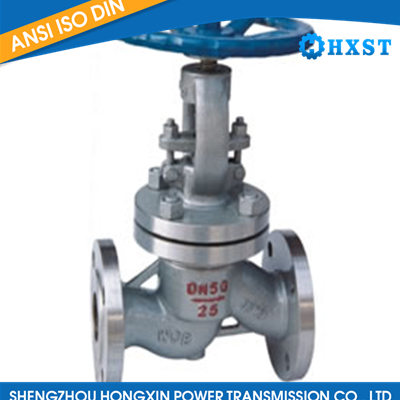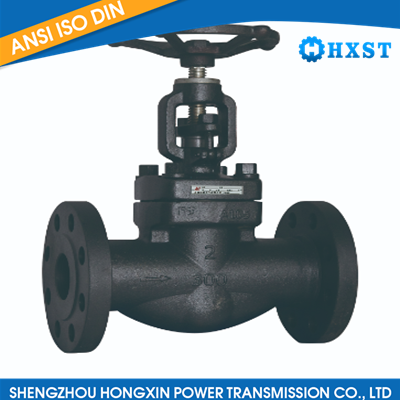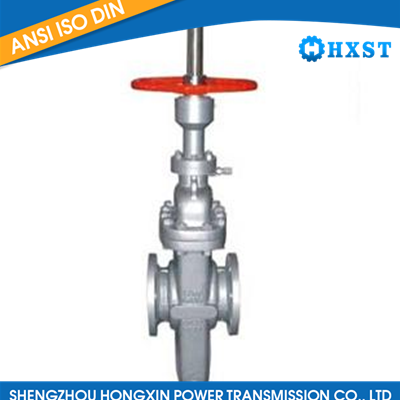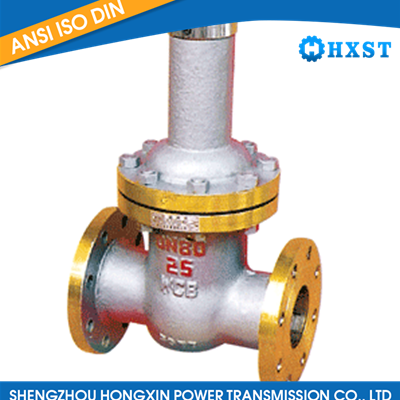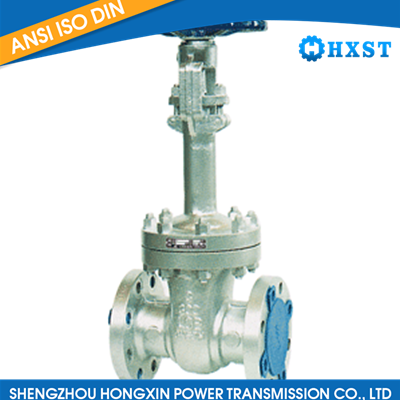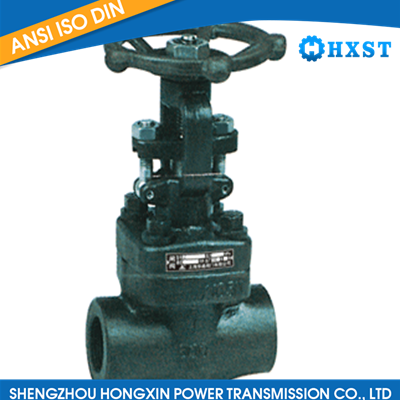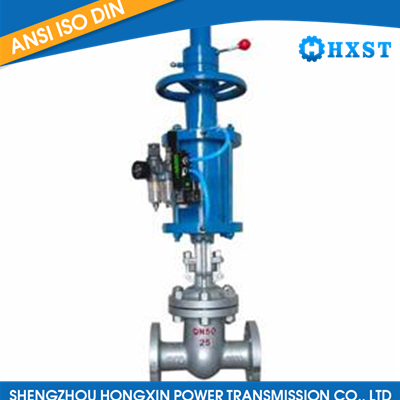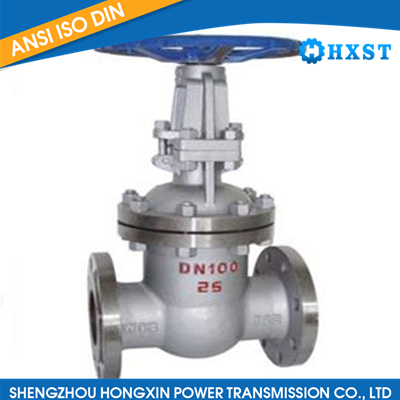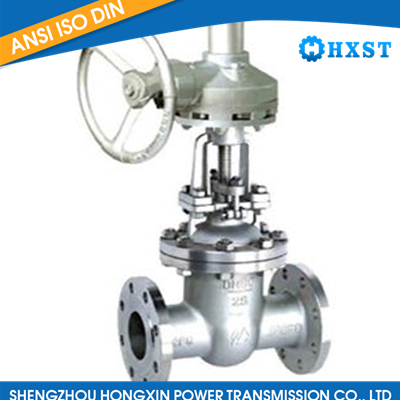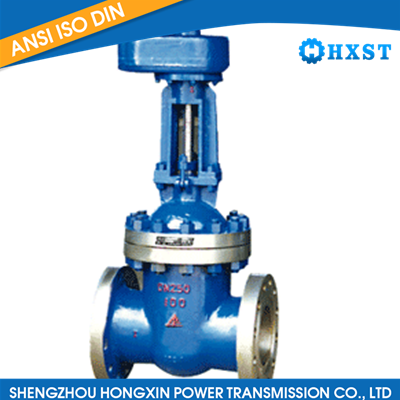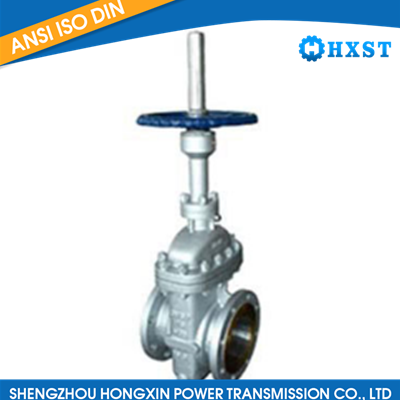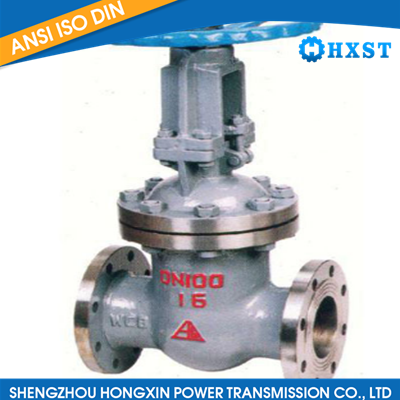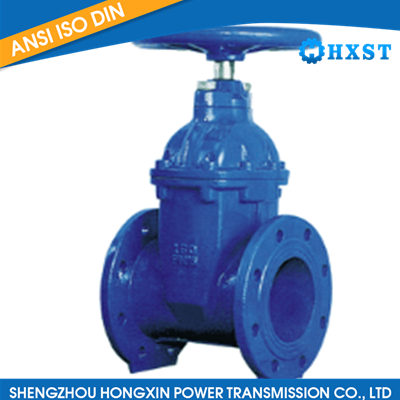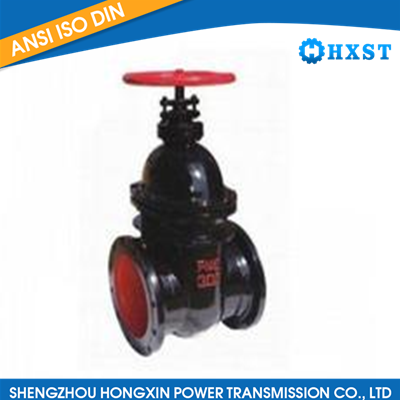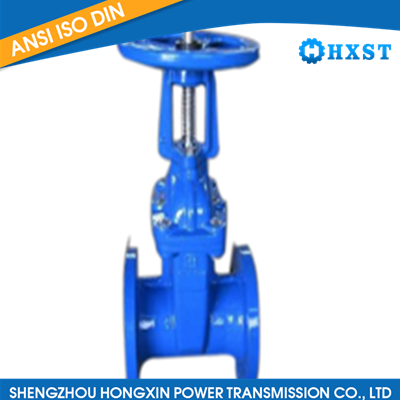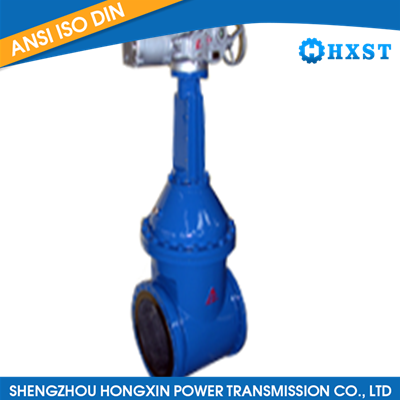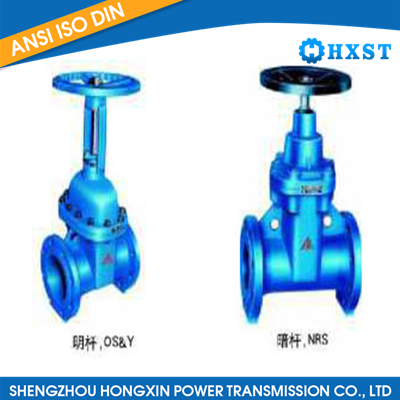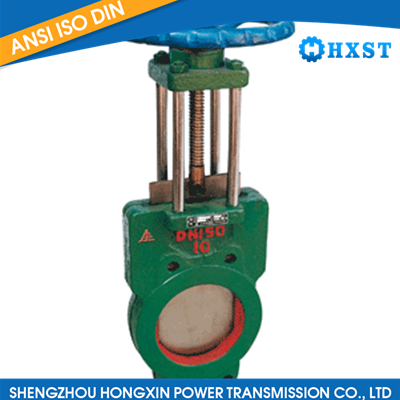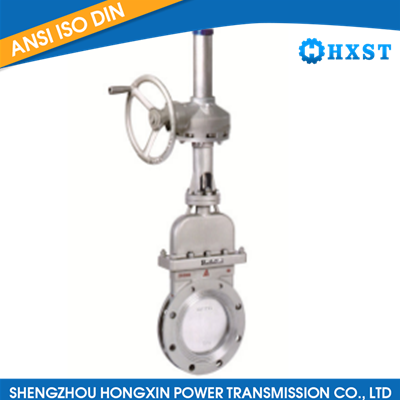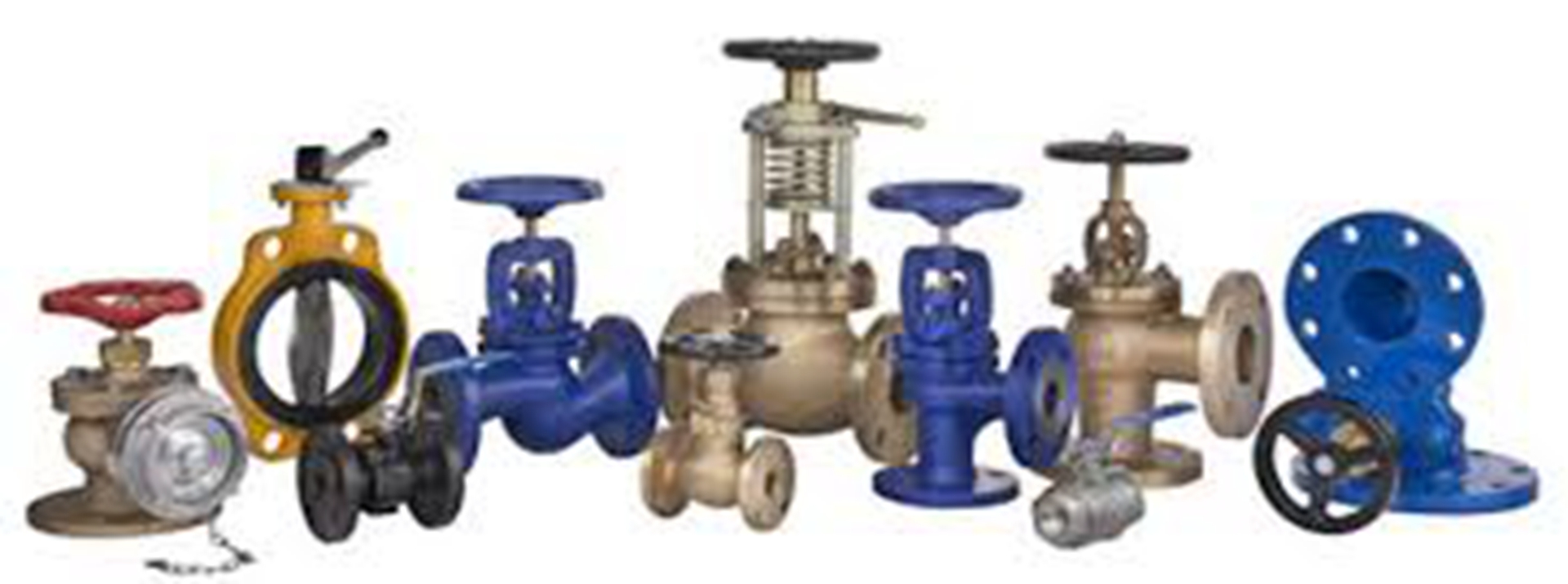 Valve Classification Introduction
Valve Classification Introduction
Valves are mechanical devices used to control the flow of fluids within a system by opening, closing, or partially obstructing passageways. Valves play a crucial role in various industries, including oil and gas, water treatment, manufacturing, and more. Here is an introduction to valve classification based on different criteria:
Based on Function:
Isolation Valves: Used to start or stop the flow of fluid completely.
Regulating Valves: Control the rate or pressure of fluid flow.
Non-Return Valves (Check Valves): Allow flow in one direction and prevent backflow.
Based on Operation:
Manual Valves: Operated manually by a handle, lever, or wheel.
Automatic Valves: Controlled by external factors like pressure, temperature, or flow rate.
Solenoid Valves: Controlled by an electromechanical solenoid coil.
Based on Design:
Gate Valves: Use a gate to block flow.
Ball Valves: Feature a ball with a hole for flow control.
Butterfly Valves: Utilize a disk for regulating flow.
Globe Valves: Have a movable plug for flow adjustment.
Based on Motion:
Rotary Valves: Rotate to control flow.
Linear Valves: Move linearly to regulate flow.
Based on Application:
Control Valves: Adjust flow rate to maintain desired conditions.
Safety Valves: Release excess pressure to prevent system damage.
Relief Valves: Open at a predetermined pressure to protect equipment.
Understanding the classification of valves based on these criteria helps in selecting the appropriate valve type for specific applications, ensuring efficient fluid control and system operation.
